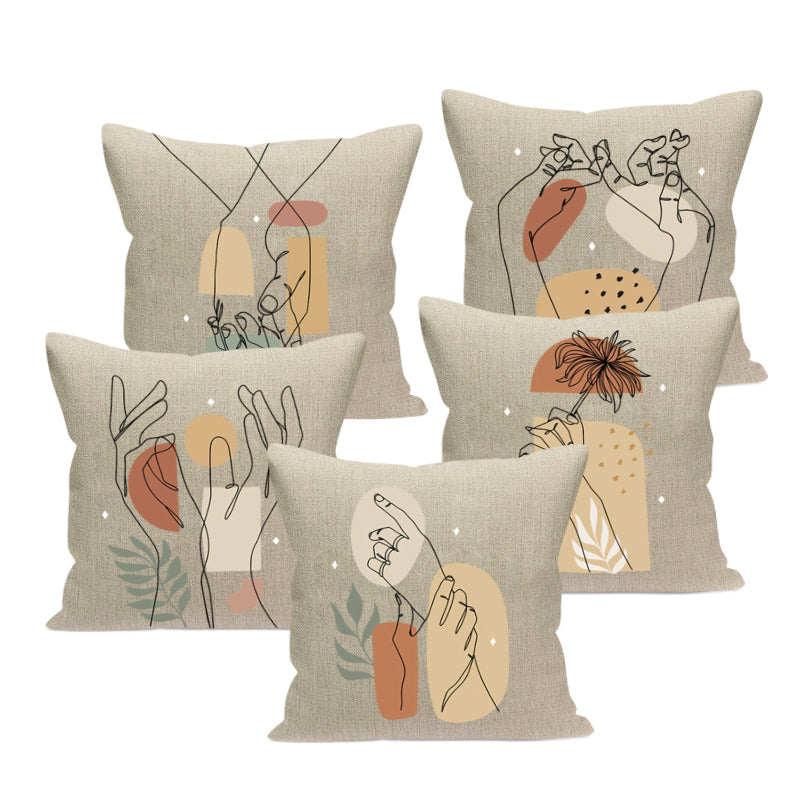The 7-Second Trick For Unique Art
The 7-Second Trick For Unique Art
Blog Article
Some Ideas on Unique Art You Need To Know
Table of ContentsHow Unique Art can Save You Time, Stress, and Money.The 5-Second Trick For Unique ArtAll About Unique ArtThe Buzz on Unique Art
While one could debate which art kind holds priority, the fact remains that each of these seven types supplies an one-of-a-kind window into human history, culture, and advancement. They are the tapestries that chronicle our trip, reminding us of our past while motivating visions for the future.Fantastic art work narrates, makes individuals look two times, and creates an one-of-a-kind experience that can't be matched. Art and images interact every one of that with shade, shape and other layout elements. Discover just how to make your special art work stand out from the crowd.
3 Emil DervishIn this entrance by Emil Dervish that stunning cobalt blue door takes the program. To bring much more dramatization, he expanded the paint. to the doorframe and the wall surface up, ending up in a curved form. The contours, together with a round sconce, soften the edges - Unique Art. Frames vintage posters and maps of cherished locations established the scene.
8 TRIA GIOVANEqual parts grand and laidback, this foyer developed by Anthony Baratta is the excellent blueprint to follow if you're enhancing an official entry that still really feels unfussy and comfy. Formed textiles take spotlight (see the rugs and the sofa), but they likewise assist bring the high ceilings down to a human scale when hung over wallpaper.
Unique Art Fundamentals Explained
18 Heidi Caillier DesignA gallery wall surface does not need to occupy the entire space. In fact, occasionally a small one can make a bigger style declaration. In this living-room, Hiedi Caillier chose micro-mini frameworks and an arbitrary composition. Ad - Continue Reading Below19 Stephen Kent JohnsonDesigner Juan Carretero selected a deep eco-friendly paint shade to contrast with the light wood surfaces.
, the expression of concepts and feelings, with the creation of particular aesthetic top qualities, in a two-dimensional visual language. The components of this languageits shapes, lines, colours, tones, and texturesare used in numerous methods to generate experiences of quantity, space, activity, and light on a level surface area. These components are integrated right into expressive patterns in order to stand for real or superordinary sensations, to analyze a narrative motif, or to develop completely abstract aesthetic connections.
Later the concept of the "great artist" created in Asia and Renaissance Europe. During the 19th century painters official source in Western cultures started to shed their social position and protected patronage.
Some Known Questions About Unique Art.
Others earned an earnings via visiting events of their work. The need to interest an industry had changed the similar (if much less impersonal) needs of patronage, and its impact on the art itself was most likely similar too. Unique Art. Normally, musicians in the 20th century could get to a target market just through industrial galleries and public galleries, although their work might have been sometimes reproduced in art regulars
For the history of paint in ancient Egypt, see blog Egyptian art and style. The development of paint in different areas is dealt with in a number of write-ups: Western painting; African art; Central Oriental arts; Chinese paint; Islamic arts; Japanese art; Oriental art; Native American art; Nautical art and architecture; South Eastern arts; Southeast Asian arts. For a conversation of the forgery of masterpieces, see forgery. For a conversation of the function of painting and various other arts in faith, along with of making use of religious signs in art, see spiritual importance and iconography. For details on various other arts connected to paint, see posts such as attracting; people art; printmaking. , also when a paint's narrative symbolism is unknown.
Don't copy the design of other artists if you're trying to locate your design. Duplicating other people's art work can be excellent in instructional purposes but it will not make you closer to finding your own distinct style. Your artistic style needs to be, what you like and what influences you.

Not known Details About Unique Art
You require to attempt great deals of different alternatives and check out whatever prior to you can focus on one particular style or you'll be tired, or worse, you'll hate your very own design. I suggest you to try every solitary subject that you're interested in, discover as much as you can. Attempt different tools that thrill you and new techniques you've never tried prior to.
With time you'll have the ability to arrange all of them right into your preferred and least favorite classifications. Try to concentrate your interest on the subjects and mediums that you like and before you see it coming you'll have your very own personal and special design, like no person else have! In the end you'll have a few favorite subjects to paint and perhaps a few favored mediums.

Report this page